Rising Demand for Smart Devices
The increasing proliferation of smart devices is a primary driver for the Accessing Sensor Market. As consumers and businesses alike seek enhanced connectivity and automation, the demand for sensors that facilitate these functionalities has surged. In 2025, it is estimated that the number of connected devices will reach over 30 billion, creating a substantial market for accessing sensors. These sensors are integral to the operation of smart home devices, wearables, and industrial automation systems. Consequently, manufacturers are compelled to innovate and produce sensors that are not only efficient but also capable of seamless integration with various platforms. This trend indicates a robust growth trajectory for the Accessing Sensor Market, as the need for advanced sensing technologies continues to escalate.
Expansion of Automotive Applications
The automotive sector is rapidly evolving, and the Accessing Sensor Market is poised to benefit significantly from this transformation. With the rise of electric vehicles and autonomous driving technologies, the demand for advanced sensors is escalating. Sensors play a pivotal role in vehicle safety, navigation, and performance monitoring. In 2025, it is projected that the automotive sensor market will account for a substantial share of the overall sensor market, driven by the need for enhanced safety features and improved user experiences. This trend suggests that automotive manufacturers are increasingly integrating sophisticated sensor systems into their vehicles, thereby propelling the growth of the Accessing Sensor Market. As the automotive landscape continues to innovate, the reliance on accessing sensors will likely intensify.
Growing Adoption in Healthcare Monitoring
The healthcare sector is witnessing a paradigm shift towards remote monitoring and telehealth solutions, which is significantly impacting the Accessing Sensor Market. The demand for sensors that facilitate real-time health monitoring is increasing, driven by the need for improved patient outcomes and efficient healthcare delivery. In 2025, the market for healthcare sensors is expected to grow at a rate of approximately 10% annually. These sensors are essential for tracking vital signs, managing chronic conditions, and enhancing patient engagement. As healthcare providers increasingly adopt these technologies, the Accessing Sensor Market is likely to experience substantial growth. This trend underscores the importance of sensors in modern healthcare, as they enable proactive management of health and wellness.
Increased Focus on Environmental Sustainability
The Accessing Sensor Market is experiencing a notable shift towards environmental sustainability. As industries strive to reduce their carbon footprints, the demand for sensors that monitor and optimize energy consumption is on the rise. For instance, sensors that track energy usage in real-time can lead to significant reductions in waste and promote energy efficiency. In 2025, the market for energy-efficient sensors is projected to grow by approximately 15% annually. This trend is driven by regulatory pressures and consumer preferences for sustainable products. Companies are increasingly investing in research and development to create sensors that not only meet these demands but also contribute to a greener future. Thus, the emphasis on sustainability is likely to propel the Accessing Sensor Market forward.
Technological Advancements in Sensor Capabilities
Technological advancements are a crucial driver of the Accessing Sensor Market. Innovations in sensor technology, such as enhanced sensitivity, accuracy, and multi-functionality, are expanding the applications of sensors across various sectors. For example, the integration of artificial intelligence and machine learning into sensor systems allows for predictive analytics and improved decision-making processes. In 2025, the market for advanced sensors is expected to witness a compound annual growth rate of around 12%. This growth is indicative of the increasing reliance on sophisticated sensor technologies in industries such as healthcare, automotive, and manufacturing. As these advancements continue to evolve, they are likely to redefine the landscape of the Accessing Sensor Market, fostering new opportunities for growth and development.

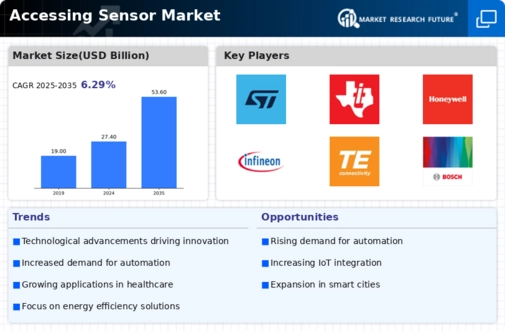
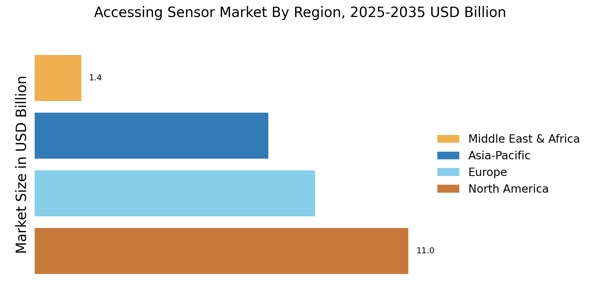
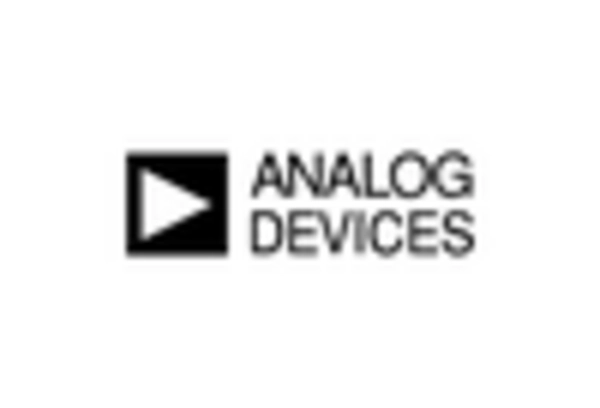
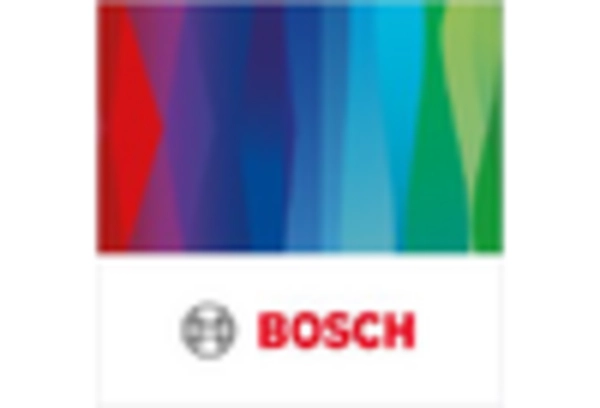
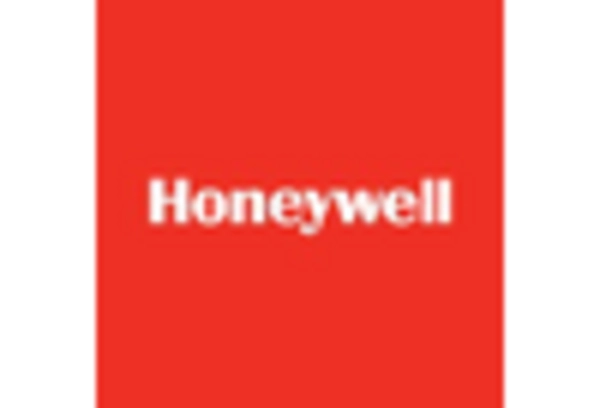


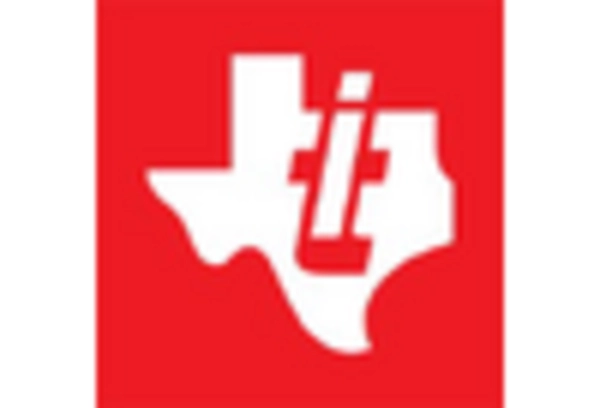








Leave a Comment